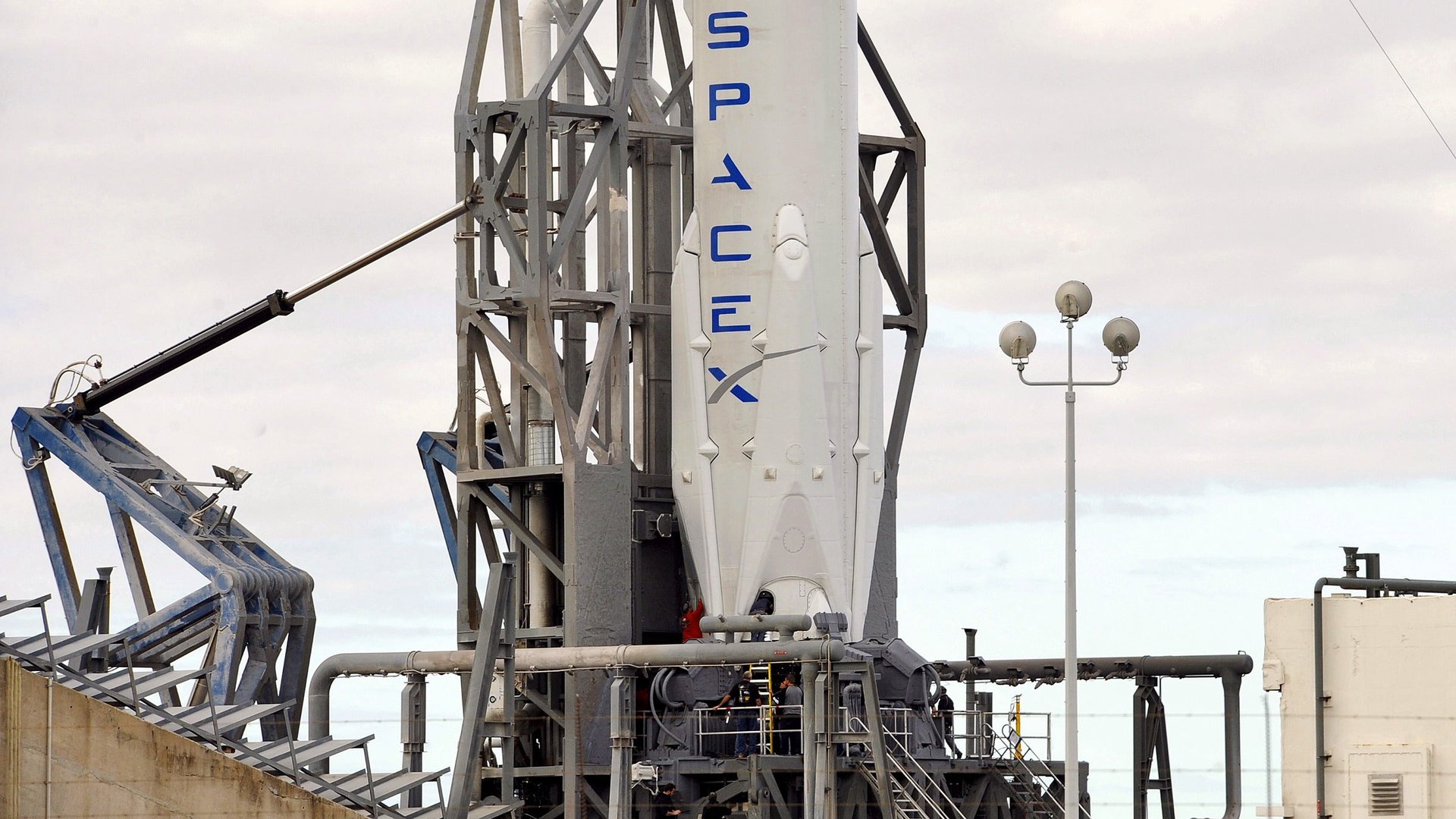The “super chill” reason SpaceX keeps aborting launches
Last night, SpaceX aborted its third attempt in four days to launch the SES-9 satellite, which bodes ill for a company hoping to demonstrate a speedy and predictable pace of rocket launches this year.


Last night, SpaceX aborted its third attempt in four days to launch the SES-9 satellite, which bodes ill for a company hoping to demonstrate a speedy and predictable pace of rocket launches this year.
After bad weather on the first attempt, the last two failures to launch were linked to the upgraded rocket SpaceX is using, which relies on “super-chilled” liquid oxygen to get an extra thrust into orbit. This version of the rocket flew (and landed) successfully in December for the first time but hasn’t gone up again. (The company’s first launch of 2016 used the prior model.)
The finicky new technology has put a hitch in SpaceX’s tight schedule, even as chief rocket designer Elon Musk has insisted on pushing ahead with its deployment.
Many rocket engines use liquid oxygen in combination with fuel to provide thrust. Liquid oxygen is naturally quite cold, as gases compressed into fluid tend to be. Making it extra-cold—down to around -207° C—makes it even denser, allowing you to store more of it in the same-size tank and increasing your rocket’s efficiency.
Musk himself mentioned this at a 2014 symposium at the Massachusetts Institute of Technology, saying: ”Soon, when the propellants are cooled close to their freezing temperature to increase the density, we could definitely do full reusability.” Reusing the first stage of its rockets rather than simply discarding them could save millions and is at the heart of SpaceX’s business plan.
Super-chilling plays an important role in making rockets reusable. Picture a rocket taking off: It flies out over the ocean and up into space, until the rocket stages separate and the payload goes off to orbit. Then, if it’s to be re-used, the rocket needs to turn around and fly back to earth. The slow-down and change-of-direction maneuver requires additional fuel even after the payload is delivered.
Ensuring enough fuel is tricky on round-trip missions to geo-stationary orbit like the SES-9 trip, which entails flying 35,000 kilometers higher than missions to low-earth orbit, another common destination for satellites (check out both in our satellite map). The speed to reach that higher altitude demands extra power, as does returning to earth undamaged.
Even then, in some cases when a SpaceX rocket flies to a geo-stationary orbit, it will not have enough fuel remaining to fly all the way back to land. That’s why SpaceX has also developed a drone platform ship that sails into the ocean so that rockets can land without reversing trajectory—though so far a successful landing has proven elusive.
Using new technology to get the most fuel in the rocket makes sense. But loading and keeping enough super-chilled fuel at its optimal temperature has become an issue twice. Last night, a boat strayed into the safety area around the launch pad and delayed the count-down. It resumed, but the launch was aborted after the engines began to ignite, because of concerns that the fuel had warmed in the intervening period.
Two days prior, the mission had been aborted after problems were detected with the fuel loading procedure itself. SpaceX stressed that the decision was made out of an abundance of caution.
SpaceX has not announced yet when it will try the launch again, but the delays as it brings its technology online are will cost it and its customers. This mission, on behalf of the European satellite giant SES, was originally scheduled for last fall. The company could be an important source of business for SpaceX, but its executives have told their shareholders that the delay of SES-9 will affect their earnings.